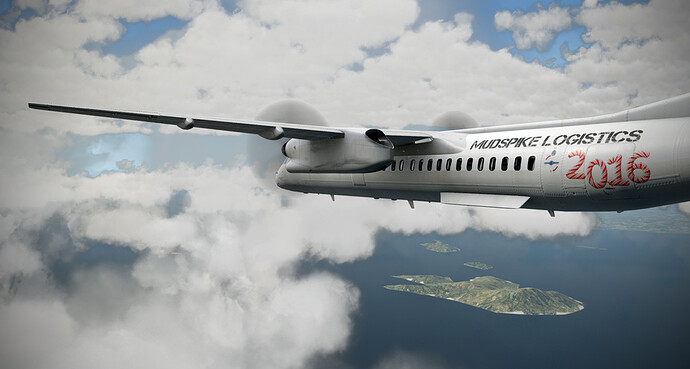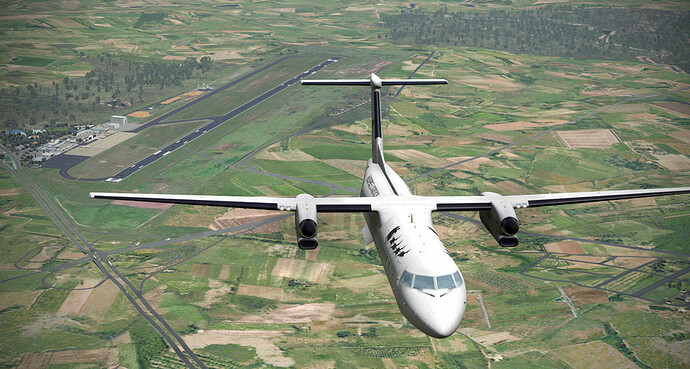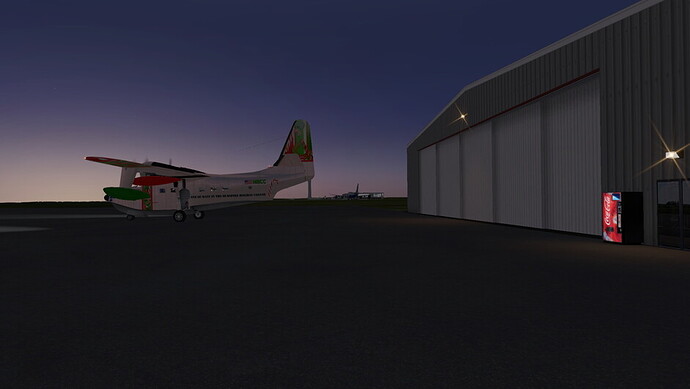So I have two legs to post that I flew over the last 48 hours. The first one up was from Cruzeiro do Sul (SBCZ) into the fantastic airport of La Paz, El Alto (SLLP). La Paz is at an insane altitude of 13,123’ - near the service ceiling of some light piston aircraft. In fact, if I touched down in our King Air at La Paz without disarming the passenger O2 system, the O2 masks would drop automatically as the cabin dump valve opened on the squat switch (the masks drop above 12,500’)…!
Taxiing out for departure. That is an odd light pole placement for sure…
This is my last flight with SkyMaxx Pro v3…so even though these clouds look pretty good, they will be even better on the next leg…!
In the turning bay, preparing for takeoff…
Off we go…
This leg has large expanses that are not covered by traditional VOR navigation legs (Jet or Victor-type airways) - so I’m forced (for the first time on this entire trip) to use the GPS to navigate on one of the RNAV routes…
Soon we are once again approaching the high mountains of the Andes - this time, to extreme heights!
Flying over the foothills of the Andes…
When low clouds start to fill the valleys and shroud the flanks of the higher mountains - you start to worry about whether you will be able to get in to your destination airport (and thus, start planning for contingencies!)…
We cross the expanse of Lake Titicaca…
We’ve descended to FL180 - the approved altitude for the arrival into La Paz on UA304 off of Juliaca. The segment takes us directly onto the La Paz 12 DME arc, which feeds to the ILS 10…
Flying the arc and getting ready to intercept the ILS…
Established on the ILS - I see the massive 13,123’ long runway ahead…
Flight conditions are not ideal - with showers and low clouds lingering around the airport, but I want to see how the Q400 responds to more austere runways (in anticipation of Antarctica) so I elect to make a sidestep to the shorter 6,725’ grass/dirt parallel(ish) runway…
Conditions are not good though…and I briefly am waffling between continuing the visual approach and going for the miss when I spot the end of the turf runway just poking out of the clouds…
Touchdown on the turf runway…
…and a rollout to the end and the terminal area…
Apparently the Q400 is no Antanov though…as I suffer a flat nosewheel tire after the turf runway landing…
The arrival, short arc segment, and ILS track…
A fine representation of La Paz by goda…
Now to get that tire changed…!


































































































